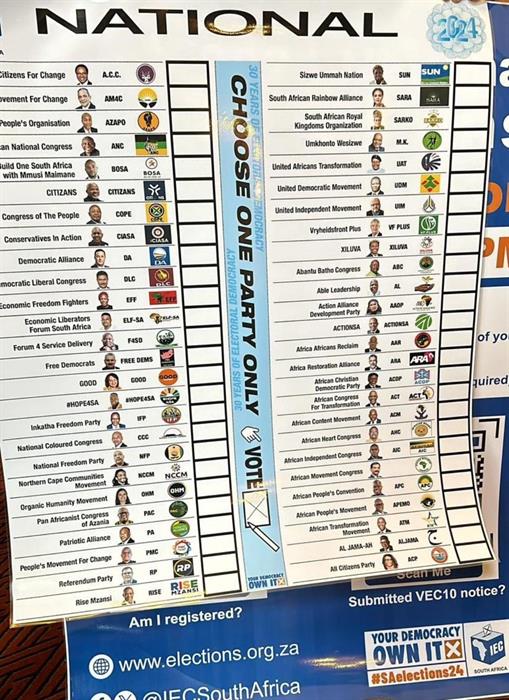GARDEN ROUTE | KAROO NEWS - As a voter you will be faced with three ballot papers.
The voting system may seem complicated, especially the split national ballots, but it is easily explained in the municipal context, says advocate Julie Seton.
An example of the ballot papers
• The pink one is the provincial ballot. This vote is province-specific and will determine who the premier is and the members of the Provincial Cabinet.
• The orange one is termed the national regional ballot. This is the equivalent of your "ward" seats in a municipality. Half of the 400 National Assembly seats, ie 200 sets, have been allocated to the regional ballots throughout the country, and independent candidates in the province who are standing for National Assembly - which they are allowed to do for the first time ever - appear on this ballot along with registered political parties.
• The blue ballot is the national compensatory ballot. This is for the remaining 200 National Assembly seats and can be regarded as the equivalent of a "proportional representative seat" . This ballot only contains registered political parties and no independent candidates appear on this ballot. These seats will be allocated between the parties based on the votes the parties obtain throughout the country.
 Advocate Julie Seton explains what each of the three voting ballots is for.
Advocate Julie Seton explains what each of the three voting ballots is for.

‘We bring you the latest Garden Route, Hessequa, Karoo news’















